Julian Böser, M.Sc.
- Group: Prof. Marcus Elstner, KIT IPC (P4)
- julian boeser ∂does-not-exist.kit edu
- Fritz-Haber-Weg 2
76131 Karlsruhe
Intramolecular disulfide bonds between cysteines in protein are crucial for many physiological and biochemical processes. The understanding of such processes relies on the capability to accurately describe the dynamic (functional) character of disulfide bonds in proteins. Protein dynamics shape the statistical and reactive behavior of the intrinsically thermoneutral thiol-disulfide exchange reactions. Conversely, the resulting shuffling influences protein dynamics by rearranging structural features. This reciprocal relationship creates a complex, continuous feedback loop and results in significant challenges for computational studies. To tackle these challenges we employ QM/MM simulations that combine DFTB as a quantum mechanical method with classical molecular mechanics. With this we are able to capture dynamics and reactivity of enzymes and can contribute to the elicitation and assessment of reaction mechanisms in enzymatic pathways.
Our research aims toward scale-bridging methods that balance between computational accuracy and cost-efficiency. We recently developed and applied a neural network (Δ-ML approach) that augments both qualitative and quantitative inaccuracies inherent to the initial model. The computational cost of the ML correction is comparable to a DFTB calculation, but offers a potential for higher accuracy and greater flexibility for a somewhat increased computational cost.
We applied this framework to the monothiol route of HsGrx1 proposed by Ukuwela et al. From our simulations, we were able to reconstruct the energy surface and analyze the accessibility of the disulfide bridge. Our calculations revealed the same regiospecificity as observed in the experiments. Furthermore, the barrier heights we obtained for the different reaction steps, which approximately range from 12 to 20 kcal/mol, validated the proposed pathway [ 1 ].
[ 1 ] J. Böser, Tomáš Kubař, M. Elstner, D. Maag, The Journal of Chemical Physics 2022, 157, 154104.


